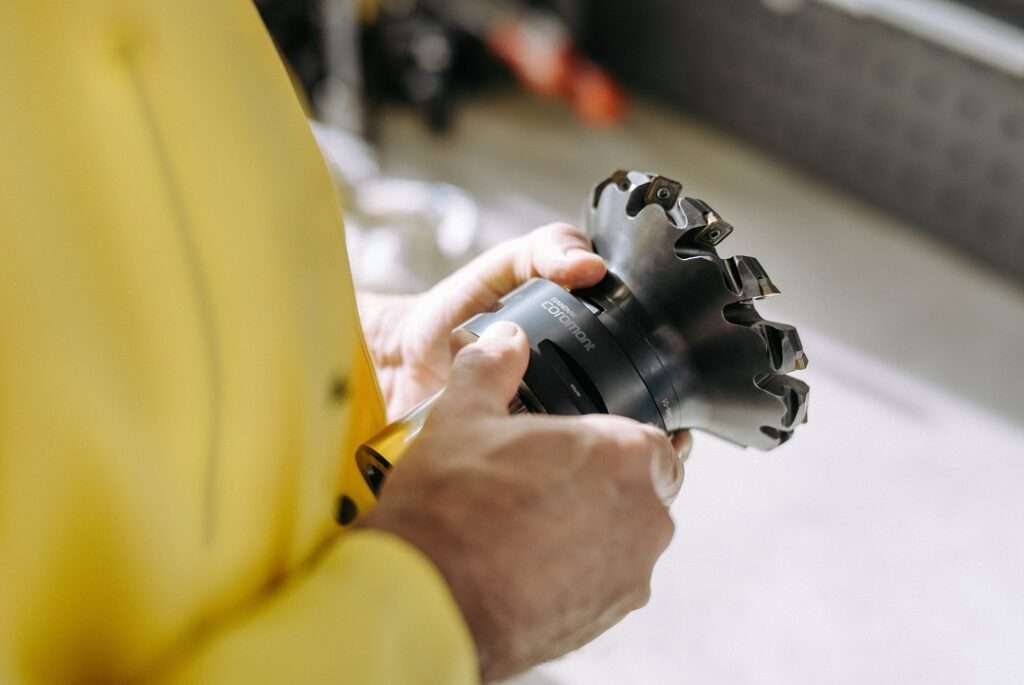In traditional manufacturing, success was built on three pillars: developing products based on customer needs, identifying and dominating niche market segments, and offering differentiated services. While this approach served well during periods of incremental change, today’s landscape of rapid technological disruption and shifting geopolitical contexts demands a more fundamental focus – the customer.
Customer centricity transcends conventional metrics of product performance and service excellence. It embodies the philosophy that “what’s best for the customer is best for the business.” This organisational culture should permeate every department and function, influencing how employees approach their daily responsibilities.
True customer centricity emerges when employees understand their customers’ context and the impact of their work on customer outcomes. It requires frictionless business processes from product development through after-sales service, delivering a differentiated customer experience that becomes the organization’s competitive advantage. This transformation isn’t a one-time initiative but a continuous journey of evolution and improvement. It is a culture that requires nurturing to become an organization’s DNA.
Industry Leaders Setting New Standards in Customer Centricity
Apple has mastered anticipating customer needs, creating products consumers didn’t even know they wanted. Their success is evident in the crowds that gather outside stores for hours during new iPhone launches, demonstrating the power of genuinely customer-focused innovation.
Tesla revolutionized the automotive industry not just with its electric vehicles but also through its customer-centric business model. Its direct-to-consumer sales approach, over-the-air software updates, and responsive customer support have set new standards in the industry. 3M’s commitment to customer centricity spans their global operations, combining technological innovation with personalized experiences. Their organizational structure prioritizes customer satisfaction across all geographies and business units.
Bosch demonstrates the power of digital transformation in customer engagement, particularly in the Chinese market. Their Consumer Data Center integrates customer data to enable targeted marketing and personalized experiences, while their IoT-enabled stores seamlessly blend online and offline interactions.
Customer-Centric Processes
Siemens pioneered the concept of digital twins in manufacturing, allowing customers to simulate and optimize their production processes before implementation. Their MindSphere platform enables customers to harness IoT data for improved efficiency and predictive maintenance.
Toyota revolutionized manufacturing with its customer-focused “pull” system, where production is driven by actual customer demand rather than forecasts. Its commitment to continuous improvement (Kaizen) ensures the ongoing enhancement of customer value. Caterpillar transformed its business model by implementing IoT sensors across its equipment fleet. This provided customers with real-time performance data and predictive maintenance capabilities, significantly reducing downtime and operating costs.
Tata Motors has been a pioneer in understanding Indian consumer preferences, offering budget-friendly yet technologically advanced vehicles such as the Tata Nexon EV, which caters to the country’s growing demand for sustainable mobility solutions. ITC’s focus on customer needs is evident in its transition from a tobacco company to a diversified conglomerate. Brands like Aashirvaad and Sunfeast cater to evolving Indian consumer preferences with innovative product offerings.
Transformative Trends Reshaping Manufacturing
Industry 4.0 technologies, including IoT, AI, and advanced robotics, enable smart factories to self-monitor and optimise. This technological revolution supports more responsive and efficient production systems that better meet customer needs.
The rise of direct-to-consumer channels, customization capabilities, and demand flow technology is reshaping how manufacturers interact with their customers. 3D printing technology enables rapid prototyping and customized production, allowing manufacturers to meet specific customer requirements efficiently. Digital integration is becoming crucial, with manufacturers implementing software solutions that enhance operations from production to customer engagement. These platforms enable real-time monitoring of product performance, streamlined maintenance scheduling, and improved customer support services.
Learning from Past Failures
History is rich with cautionary tales that underscore the critical importance of staying aligned with evolving customer expectations. Nokia’s fall from industry dominance is often cited as a classic example—despite its technological strengths, the company failed to anticipate the smartphone revolution and the growing demand for user-friendly operating systems. Similarly, Kodak, despite being a pioneer in digital photography, chose to protect its traditional film business, ultimately losing relevance in a digital-first world.
BlackBerry too faltered by underestimating consumer interest in touchscreen devices and app-driven ecosystems, leading to its rapid decline. Even Dell, a company known for customer-driven customization, stumbled in the 1990s by adopting proprietary components, only to realize that customers valued open systems and standardization. In contrast, Telstra’s eventual pivot in response to the shift from copper to fiber technology illustrates how adaptability and focusing on customer needs can enable recovery and long-term growth. These examples collectively reinforce that technology leadership alone is insufficient—deep understanding and anticipation of customer needs are crucial for sustainable success.
The Path Forward
Companies must adopt a customer-first approach that spans technology, culture, and innovation to remain relevant and competitive. Investing in technologies such as advanced analytics can uncover deep customer insights, while IoT-enabled systems allow real-time monitoring of product performance, enabling quicker adjustments based on user behavior. Flexible production systems catering to personalized demands and digital platforms facilitating seamless customer engagement are becoming essential.
Organizational transformation is equally critical—this means nurturing customer-centric cultures that prioritize outcomes, developing talent equipped with both technical and interpersonal skills, and creating agile, cross-functional teams focused on delivering superior customer experiences. Furthermore, innovation must be continuous and rooted in customer feedback. Companies need to invest in R&D informed by customer insights, build mechanisms for regular feedback loops, and develop sustainable, value-aligned offerings. Strengthening ecosystem partnerships can also amplify value, allowing businesses to co-create solutions that resonate more deeply with evolving customer expectations.







